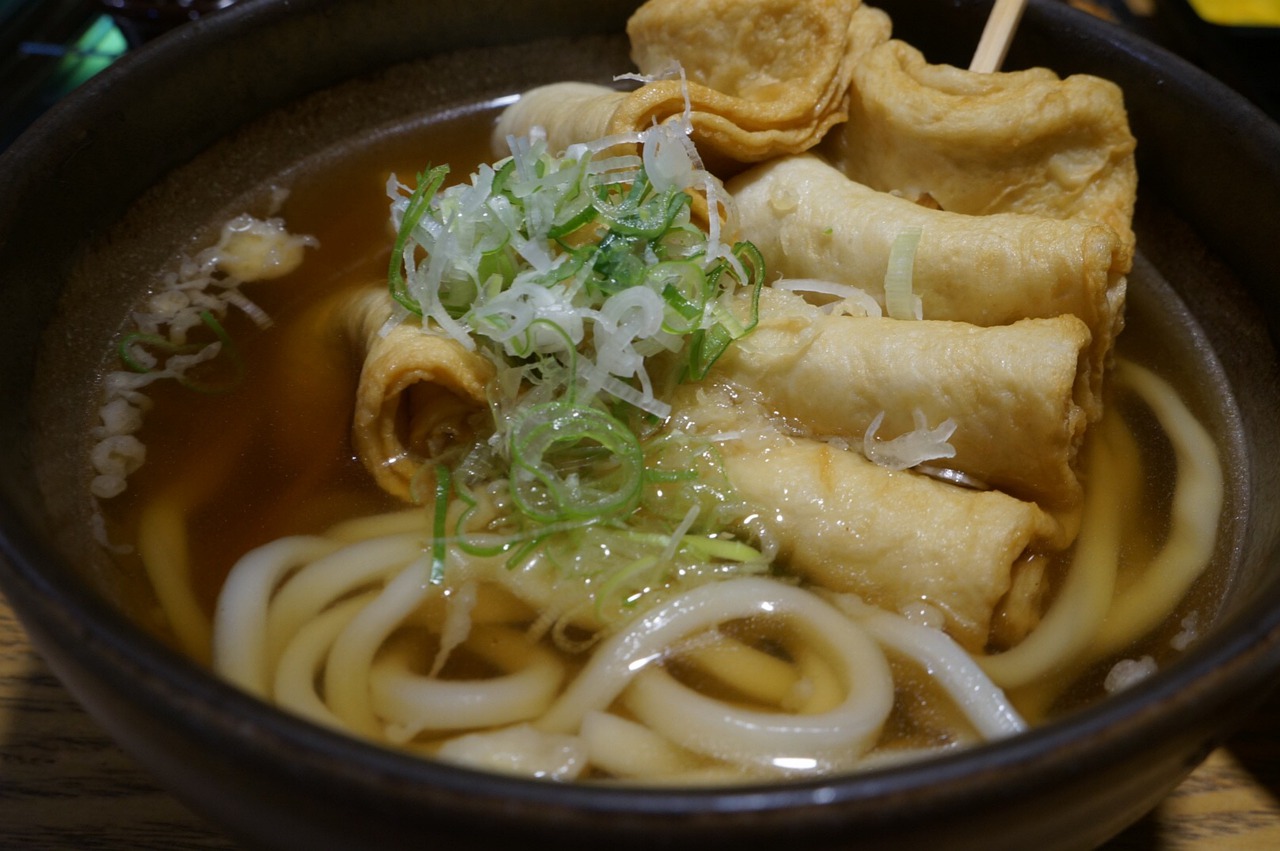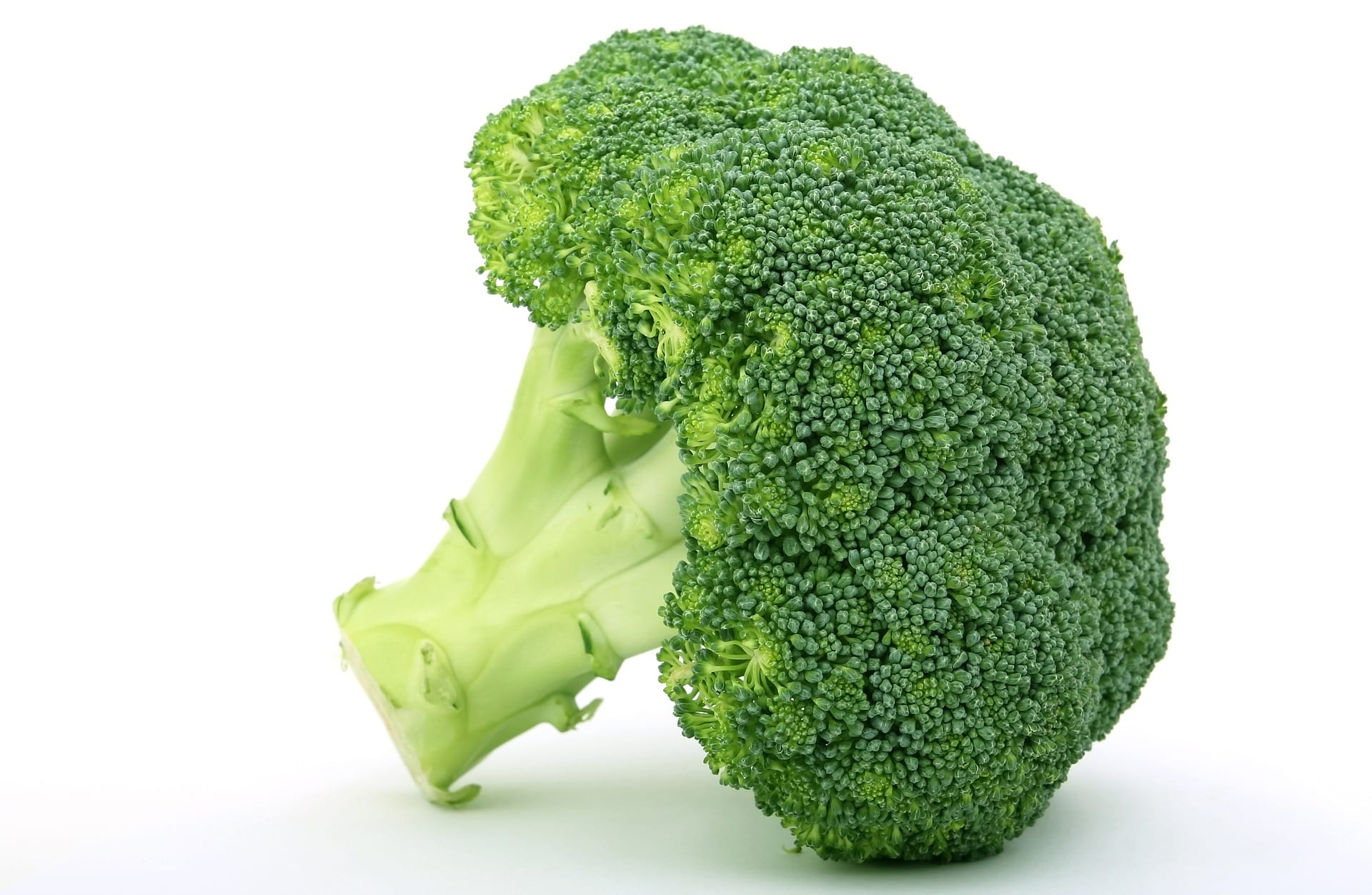What is the udon? Well, if you still don't have it very clear or you don't even know what we are talking about, here we will tell you. We are talking about a kind of noodle thick a base wheat flour, water y salt. It was invented in Japan a long time ago, around century VI. Despite what in West the most popular noodle dish is Windows el udon Results more traditional in the Japanese country. It is true that there are many different types of noodles. However, the one we have the opportunity to talk about today takes on special relevance.Keep reading!
Udon, ramen and soba, how are they different?
The reason this noodle is very traditional is that it was invented in Japan. Instead, Windows is a Japanese version of the originally originated in China: Chinese noodle soup. However, how it developed considerably in the Japanese country has ended up attributing its origin. Although it is unknown when it was introduced in the country. Similarly, the origin of the word "ramen" is much discussed and therefore there are various theories.

The main difference between both noodles is the thickness and color. Bill udon It has a thickness between 2 and 3 mm. In fact, when it originated it had 6 to 8 mm thick, basically a flat tortilla en noodle shape. Instead, the ramen is more finite.
El pale color of the udon it is due to the simplicity of the flour preparation. Thus, in the preparation of Windows carbonated water or "kansui" is usually added. Another type of very popular noodle in the region is the room which translated into Japanese is "buckwheat". Thus, as its name suggests, it is made from buckwheat flour, which confers its particular Dark color. Usually also added wheat flour to provide elasticity to the dough. However, if the person is celiac towari-soba they are made entirely of soba.
See this post on Instagram
Knead with your feet?
One of the most striking aspects of these Japanese noodles is its preparation. First of all, they have to do the prepared de wheat flour, water y shawl. In restaurants, since they have to serve a large quantity, they have a special machine that mixes the three ingredients. However, the hard work comes later. Must knead the mixture many times, it is vital for the texture be the right one, otherwise they won't look good. A ancient japanese technique is great secret. The dough is wrapped in plastic and you just stand up and flatten it little by little.
In the following video you can see how a restaurant in Osaka make the noodles handcrafted every morning. They also prepare the hot. This is usually made from dashi (basic broth for the Japanese cuisine), sauce soybean, and mirin (special seasoning with a light sweet taste). Then they are added two or three more ingredients. In the restaurant in the video they use fish y boiled eggs, both in tempura. In almost all the dishes they add minced Negi, Japanese green onions.
Although the video is long, just by watching the first three minutes you can get an idea of how they are cooked in the most authentic way. To see how they knead the mixture with their feetYou'll have to stay a little longer.
Kake, yaki, niku, zaru, tanuki, tsukimi, kitsune or tempura udon… There are many dishes with these noodles. Mainly, they vary according to the ingredients or if they are served with or without hot. However, depending on the Japanese region in which we find ourselves, we will see one or the other. In this link, if you dare, you can try to prepare a plato typical of udon at home. you can make the noodles right from the start, making the dough yourself or buying them already made dry. En Europe it is difficult to find them Fresh.
You want a article about the most typical Japanese recipes ramen udon o room? If so, let us know in comments.







